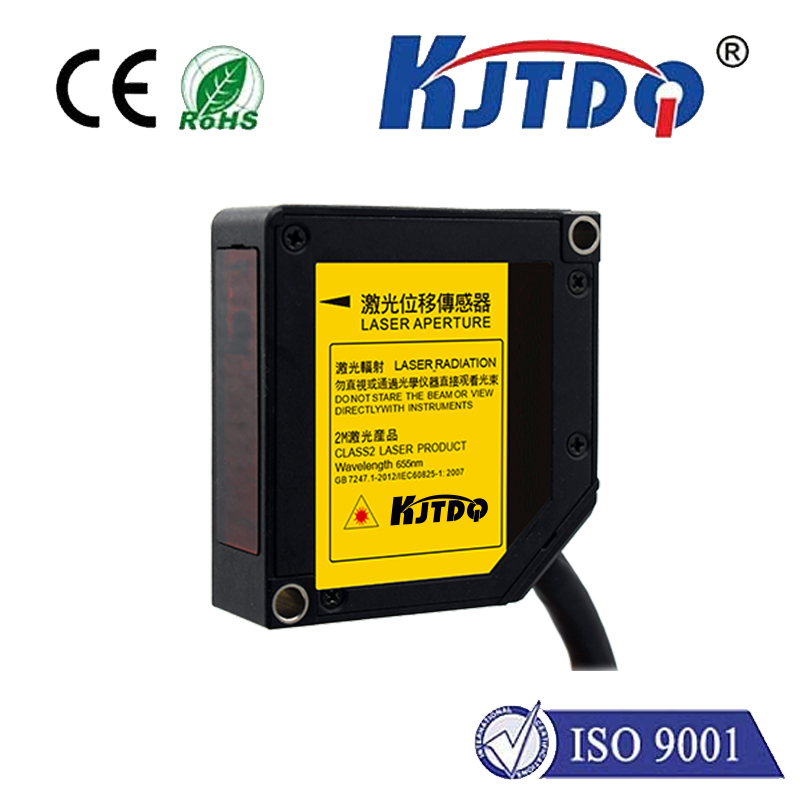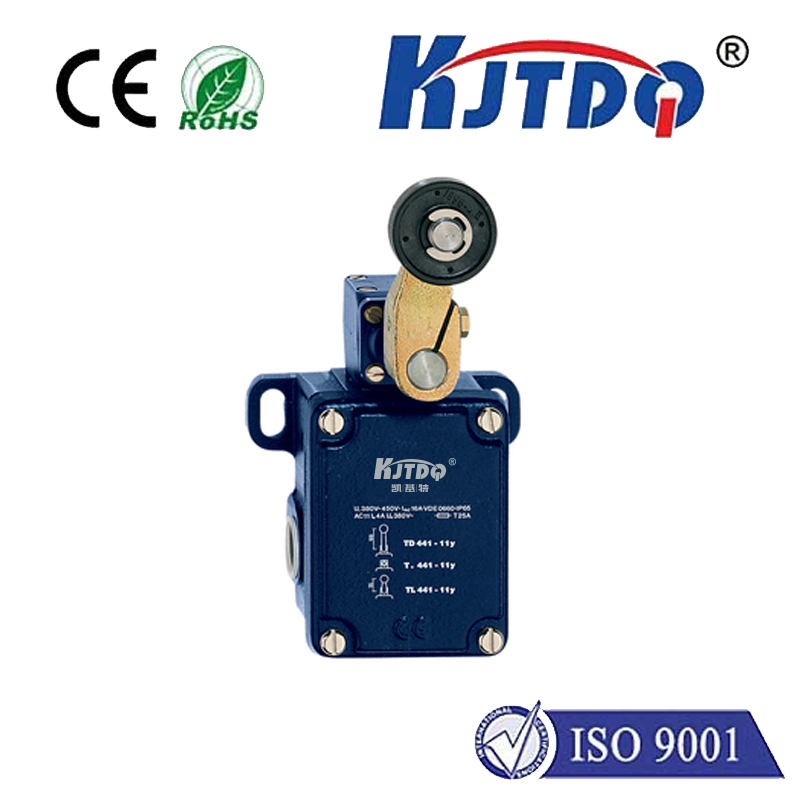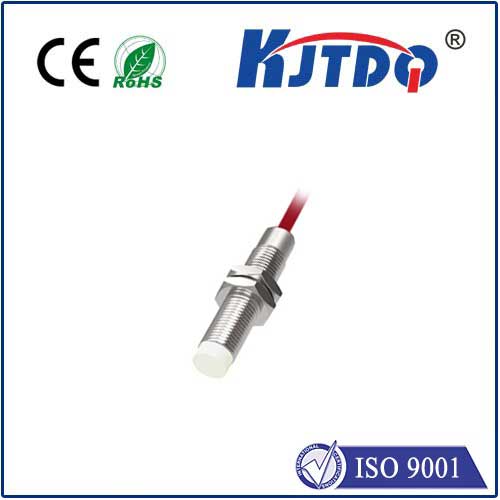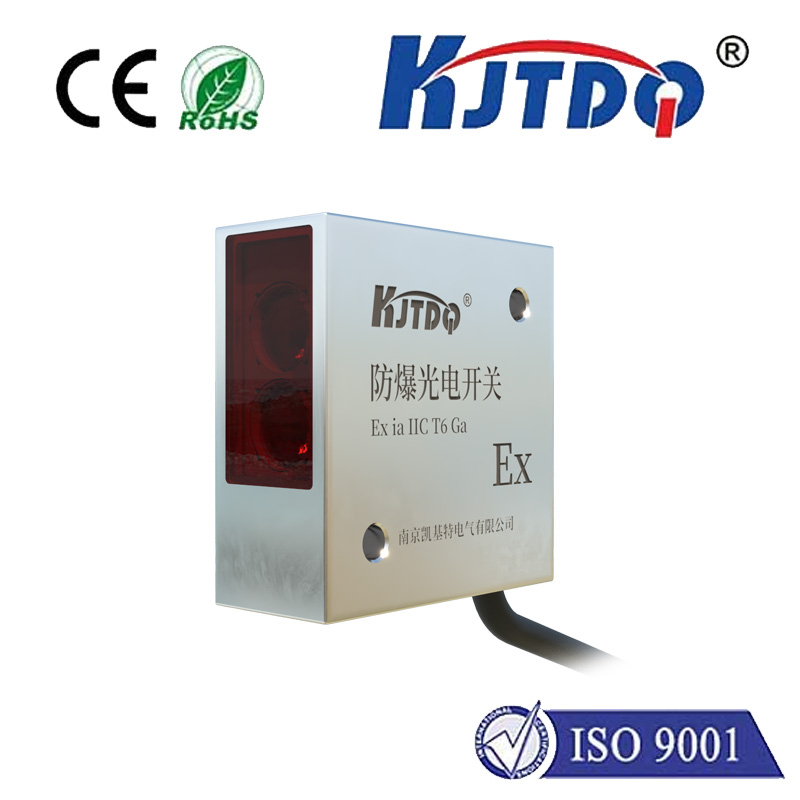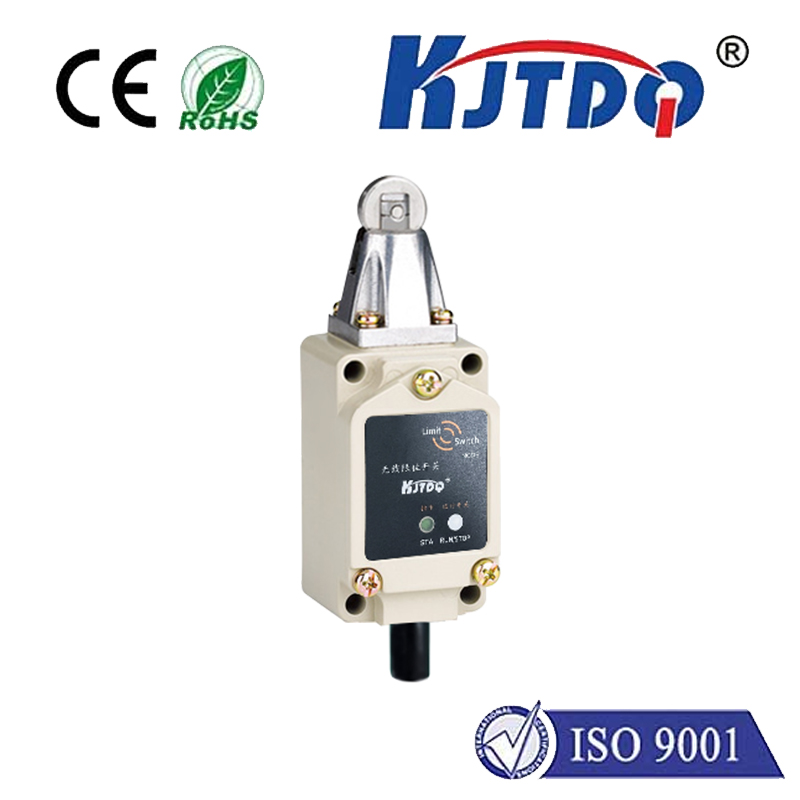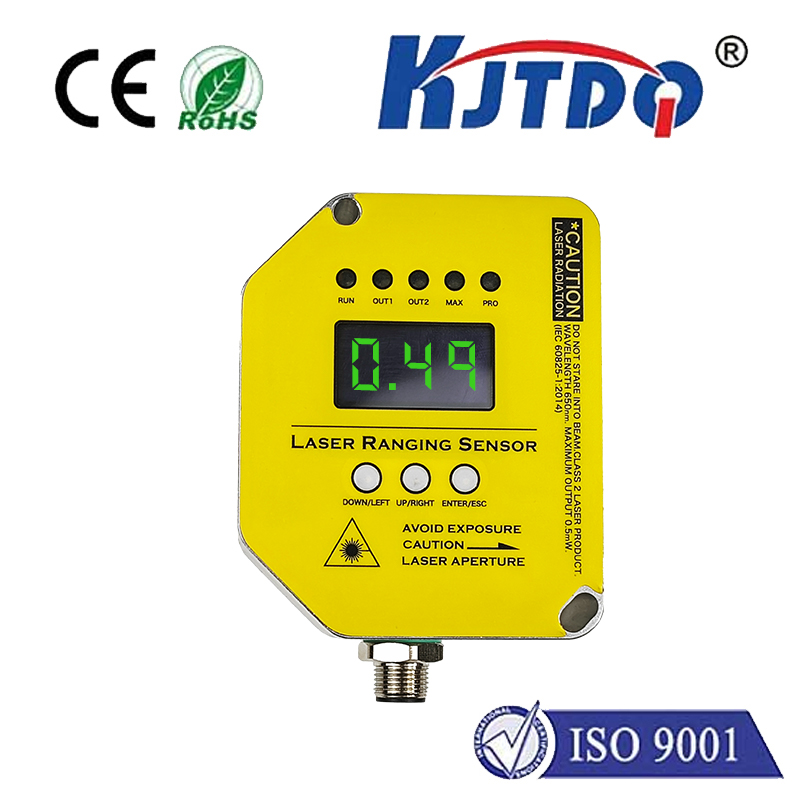Переключатель
- time:2025-08-07 01:05:43
- Нажмите:0
The Hidden Hero: Unveiling the Critical Role of Switch Plungers in Modern Technology
Think about the last time you clicked a button. Maybe it was typing a message on your keyboard, selecting a floor on an elevator, confirming an action on industrial machinery, or even just turning on your car’s dome light. Behind that simple, satisfying actuation lies a world of precise engineering, and at the very heart of it often sits an unsung component: the switch plunger. Often overlooked, this small but mighty piece is fundamental to the reliable performance of countless switches and devices we interact with daily. Understanding its function and diversity is key to appreciating the mechanics of our technological world and selecting the right switch for demanding applications.
What Exactly is a Switch Plunger?
Simply put, a switch plunger is the movable component within a switch that the user presses. It acts as the direct interface between the operator and the switch’s internal electrical contacts. When force is applied to the plunger, it moves inward (or sometimes downward, depending on orientation), triggering an internal mechanism that either makes or breaks an electrical connection. It’s the physical component you feel giving way or providing feedback under your finger, thumb, or tool. Its primary job is transmitting user force reliably to activate the switch mechanism while also protecting the internal components from dust, moisture, and wear.
The Inner Workings: Plunger Meets Mechanism
The plunger doesn’t work in isolation. Its effectiveness is intrinsically linked to the internal switch mechanism:

- Spring Physics: Almost all plunger-actuated switches incorporate a spring. This small coil provides the crucial return force that pushes the plunger back to its original “rest” position once pressure is released. The spring’s strength determines the actuation force and the tactile feel – that satisfying “click” or smooth travel of a linear switch.
- Engagement Point: As the plunger travels inward, it eventually reaches a point where it interacts with the switch’s contact mechanism. This could involve pushing a lever, compressing a dome, or directly pressing contacts together. This point of interaction defines the actuation point.
- Tactile Feedback: Many switches are designed to provide physical feedback – a distinct tactile bump – right at the actuation point. This is often achieved through the specific design of the plunger and its interaction with a metallic dome or a slider mechanism. The plunger shape contributes directly to how this feedback is perceived.
- Over-Travel: Good switch design incorporates over-travel. This is the distance the Переключатель can continue to move after the electrical contacts have already been made (or broken). This ensures consistent contact closure even if the user presses slightly beyond the actuation point and protects the internal mechanism from excessive force.
Materials Matter: Shaping Performance and Feel
The choice of material for the Переключатель significantly impacts the switch’s performance, longevity, feel, and cost:
- Engineering Plastics (e.g., POM, Nylon): The most common choice. Offers excellent wear resistance, smooth travel, moldability into complex shapes, corrosion resistance, electrical insulation, and cost-effectiveness. Ideal for keyboards, consumer electronics, and general applications.
- Metals (e.g., Stainless Steel, Brass): Used where extreme durability, higher operating temperatures, superior chemical resistance, or a specific conductive requirement is needed. Common in rugged industrial switches, high-cycle applications, or specialized equipment. May require lubrication and can be more expensive.
- Specialty Materials (e.g., Silicone Rubber): Found in sealed membrane switches. The rubber plunger provides environmental sealing and a distinct, soft tactile feel, but generally less precise actuation than hard plungers.
A Plunger for Every Purpose: Variations Abound
Far from being a one-size-fits-all part, switch plungers come in a bewildering array of shapes and sizes, optimized for specific functions and user experiences:
- Actuator Shape: Round, square, rectangular, dome-topped, flat, paddle-style – each offers different ergonomics and pressability. A tiny pointed plunger suits a microswitch in tight spaces, while a large, flat one might be used on industrial control panels.
- Stem Type: Plungers can have simple posts, cross-shaped stems (like in many keyboard switches), intricately molded feet, or features designed to lock into specific housings.
- Travel Characteristics: Plunger design influences total travel distance and the profile of force required throughout its movement (linear vs. tactile curve).
- Integrated Seals: In sealed switches, the plunger itself might incorporate o-ring grooves or molded sealing lips to prevent ingress of contaminants.
Where You’ll Find Them: Ubiquity of the Plunger
The Переключатель is a truly ubiquitous component. Its applications span almost every sector:
- Electronics: Computer keyboards (mechanical and dome-switch), mice, game controllers, calculators, remote controls.
- Consumer Appliances: Microwave oven controls, washing machine/dryer panels, coffee makers, blender buttons.
- Automotive: Dashboard controls, window switches, door locks, steering wheel controls, glove box lights.
- Industrial Control: Pushbuttons on control panels (emergency stops, start/stop buttons), limit switches, machinery interfaces, instrumentation.
- Medical Devices: User interfaces on diagnostic equipment, patient monitors, infusion pumps.
- Elevators & Access Control: Floor selection panels, keypad entries, intercom buttons.
Key Considerations: Force, Feel, and Reliability
Choosing the right Переключатель design involves balancing several critical factors:
- Actuation Force: The amount of pressure required to trigger the switch. Measured in grams-force (gf) or Newtons (N). Lighter forces suit keyboards; heavier forces prevent accidental activation in industrial settings.
- Tactile Feedback: The physical “bump” felt at actuation. Crucial for keyboards requiring precision typing without bottoming out. Can be crisp, rounded, or non-existent (linear).
- Travel Distance: How far the plunger moves before and after actuation. Influences typing comfort and perceived responsiveness.
- Durability (Lifecycle): Rated in millions of cycles. Critical for high-traffic areas like keyboards or industrial controls. Plunger material and design are key factors.
- Environmental Sealing (IP Rating): Essential for outdoor use, dusty environments, or washdown areas. Requires plungers designed with seals and often specific material choices.
- Mounting Style: How the plunger interfaces with the switch housing and the external panel or keycap.
The Indispensable Interface
The Переключатель may be a small component, often hidden from view, but its role is undeniably critical. It is the direct, tactile link between human intention and electronic function. Its design governs the very feel and reliability of interaction with countless devices we depend on. From the satisfying click of a high-quality mechanical

